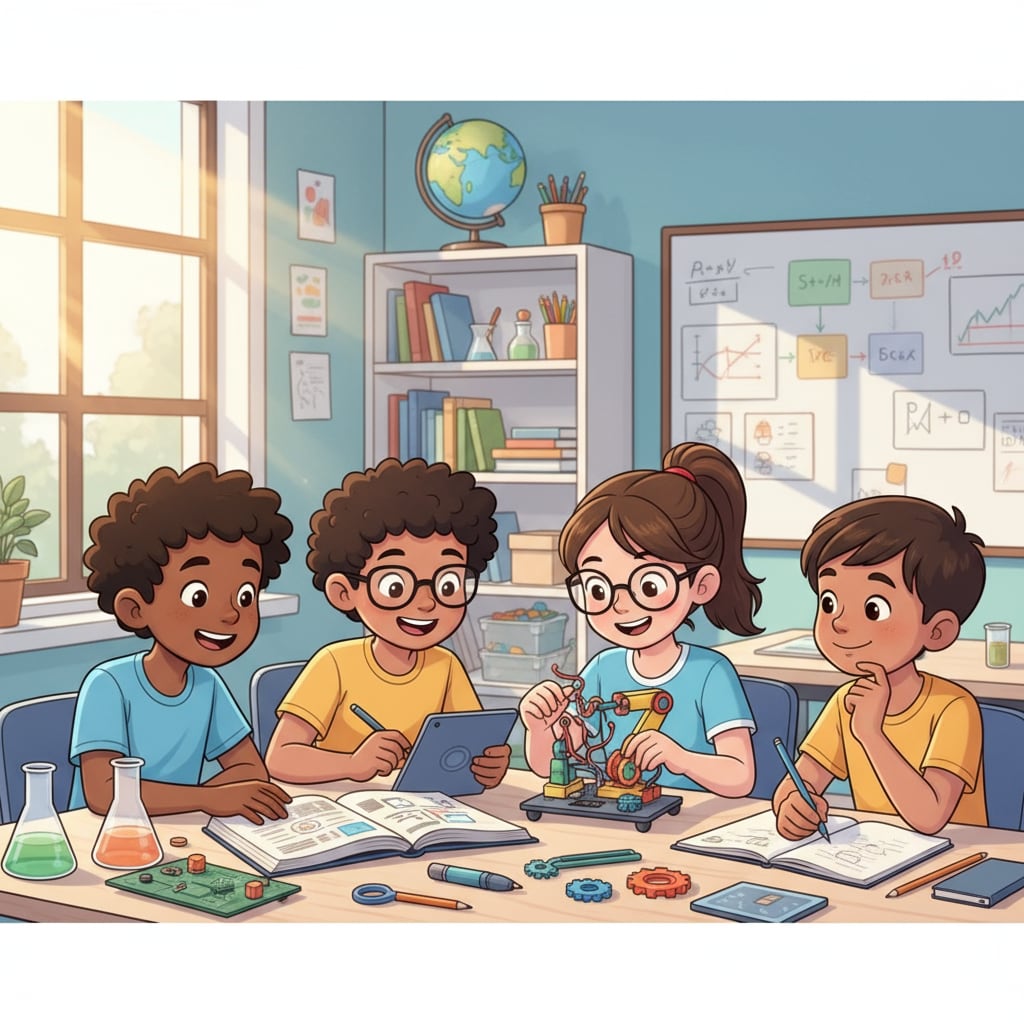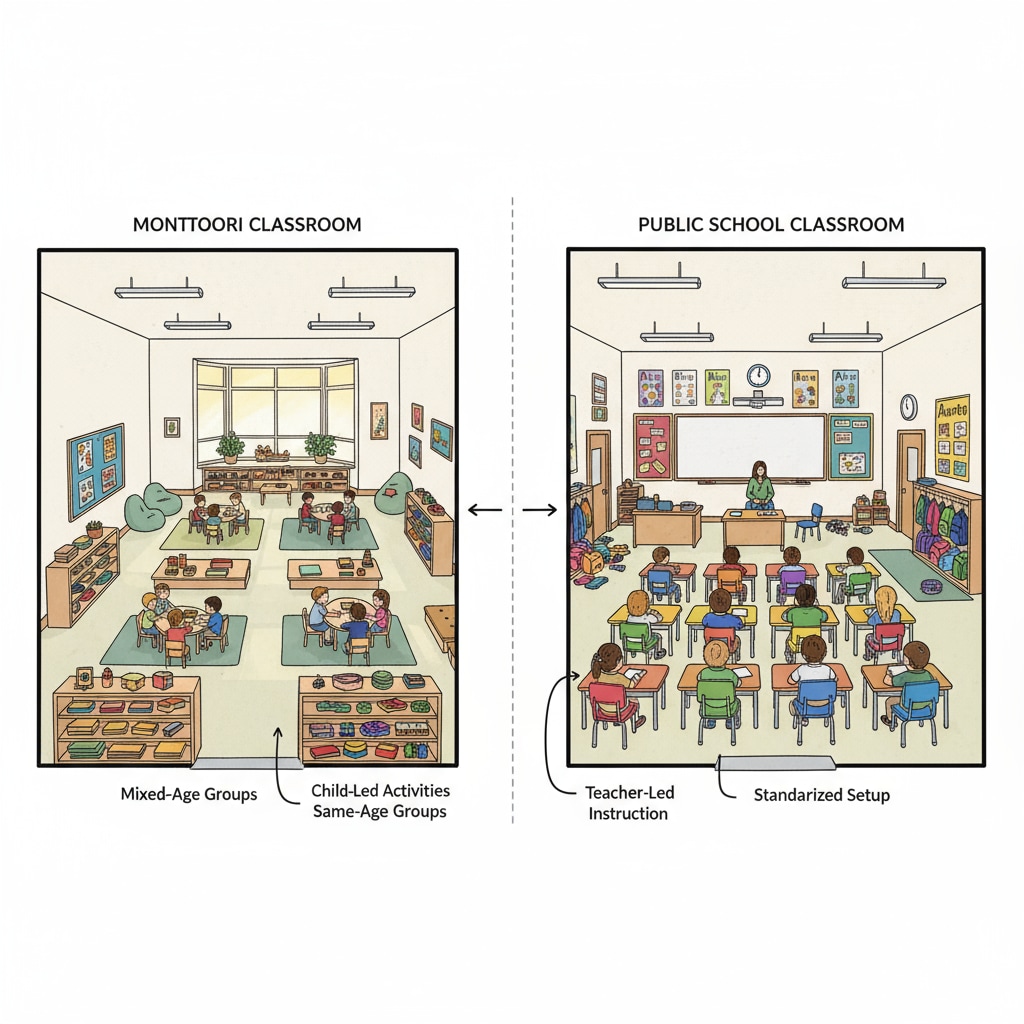High-ability children, especially those with dual exceptionality, often face unique challenges when transitioning from Montessori schools to public schools’ high-ability classes. This transition involves not only adapting to a new learning environment but also adjusting learning habits and building social connections.

As parents and educators, understanding the necessary strategies can greatly ease this process.
Adapting to the New Environment
The environment in Montessori schools is typically characterized by freedom and self-directed learning. Students have the autonomy to choose their activities and work at their own pace. However, public schools often have a more structured environment with set schedules and a more traditional classroom setup. For example, in a Montessori classroom, children might move freely around the room to access different learning materials, while in a public school classroom, they are usually seated at desks in rows. Therefore, it’s crucial to prepare high-ability children for this change. Parents can start by visiting the public school with their children before the transition. This allows the children to familiarize themselves with the layout of the school, the classrooms, and the facilities. School transition tips on Education.com

Adjusting Learning Habits
High-ability children in Montessori schools are accustomed to a more individualized learning approach. In public schools, while high-ability classes may offer more challenging curriculum, there is still a greater emphasis on group learning and following a set curriculum. To help children adjust, parents can work with teachers to develop a study plan. This plan can include setting aside specific times for independent study, which the children are used to from Montessori education, while also integrating group projects and class discussions. Additionally, teaching children effective time management skills is essential. They need to learn how to balance different tasks and meet deadlines, which may be new to them after coming from a more flexible Montessori environment. Transition strategies on Understood.org
Another aspect is the teaching style. Montessori educators often use hands-on materials and real-life examples to teach. In public schools, the teaching may be more lecture-based, although high-ability classes may incorporate more interactive elements. Children may need time to get used to this different way of receiving information. Parents can encourage their children to ask questions in class and participate actively in discussions to better adapt to the new teaching style.
Readability guidance: We’ve used short paragraphs to clearly present ideas. For example, in the section on adapting to the new environment, we first described the differences between Montessori and public school environments and then provided a practical solution. In the section on adjusting learning habits, we listed multiple aspects such as study plans, time management, and teaching styles. This makes the content easier to understand. We’ve also included transition words like ‘however’, ‘therefore’, and ‘additionally’ to enhance the flow of the article.


